Calls continue for EPA cleanup in Kensington area with elevated lead levels
Listen-
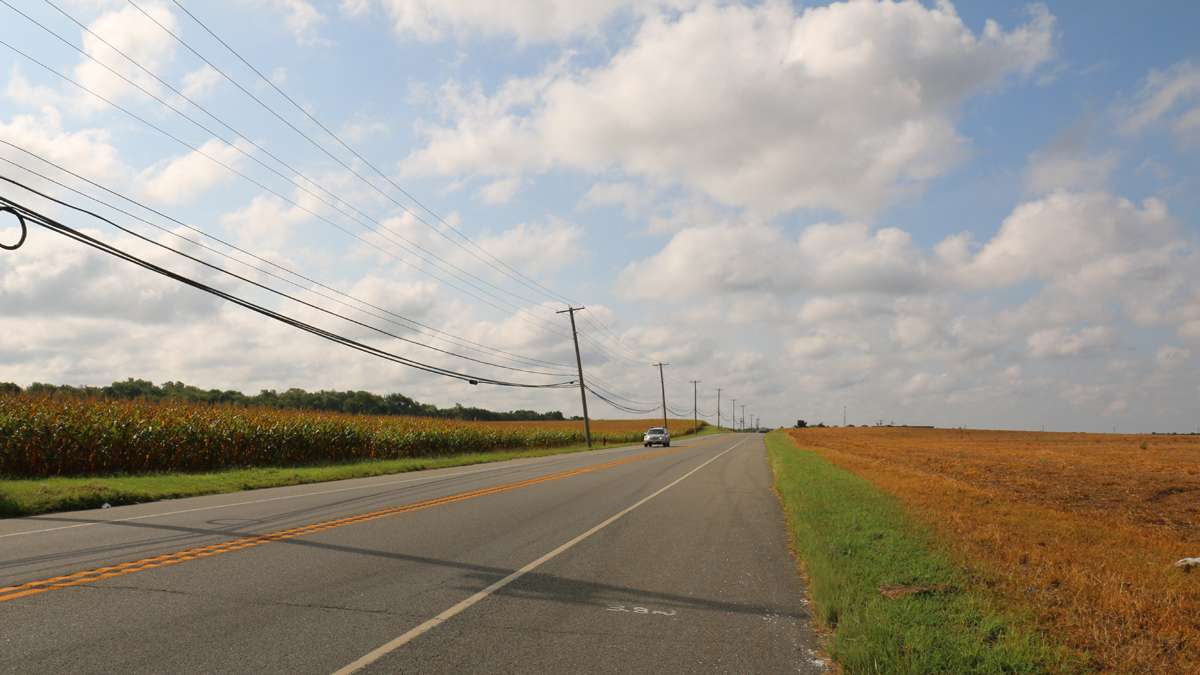
Hopewell Township, in Cumberland County, filed a complaint with the state Board of Public Utilities over problems with Verizon's telephone and Internet services. (Joe Hernandez/WHYY)
-

-
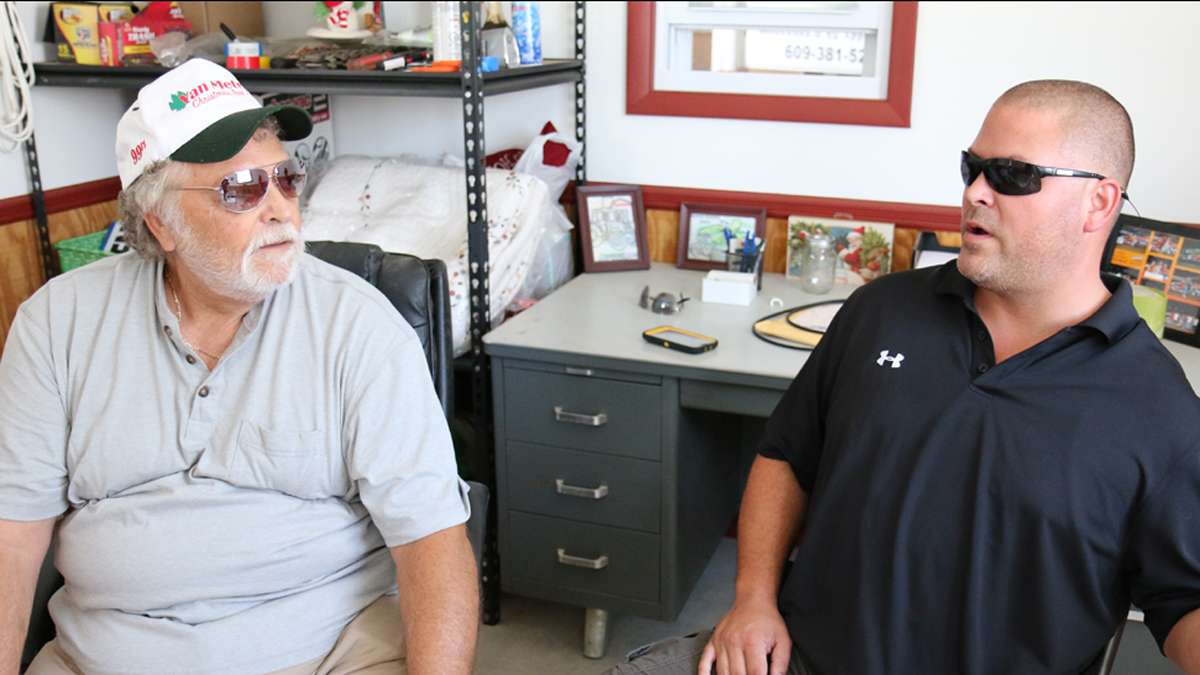
-

-

-

-

-

-

-

-

-
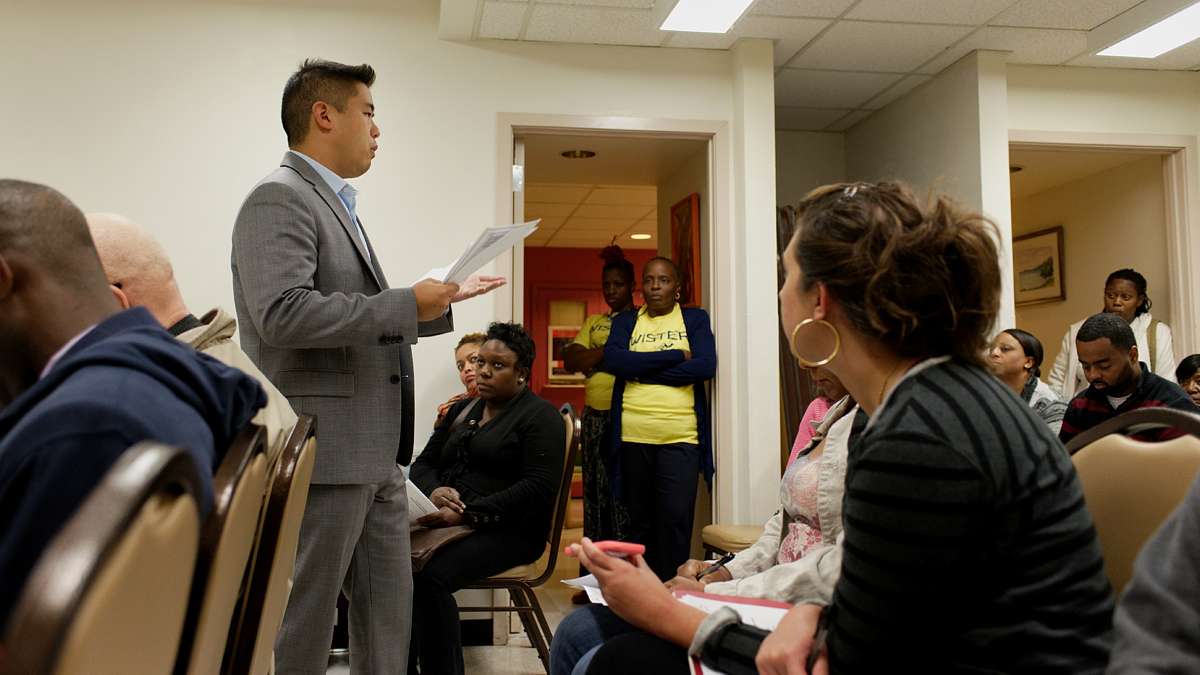
-

-

-

-
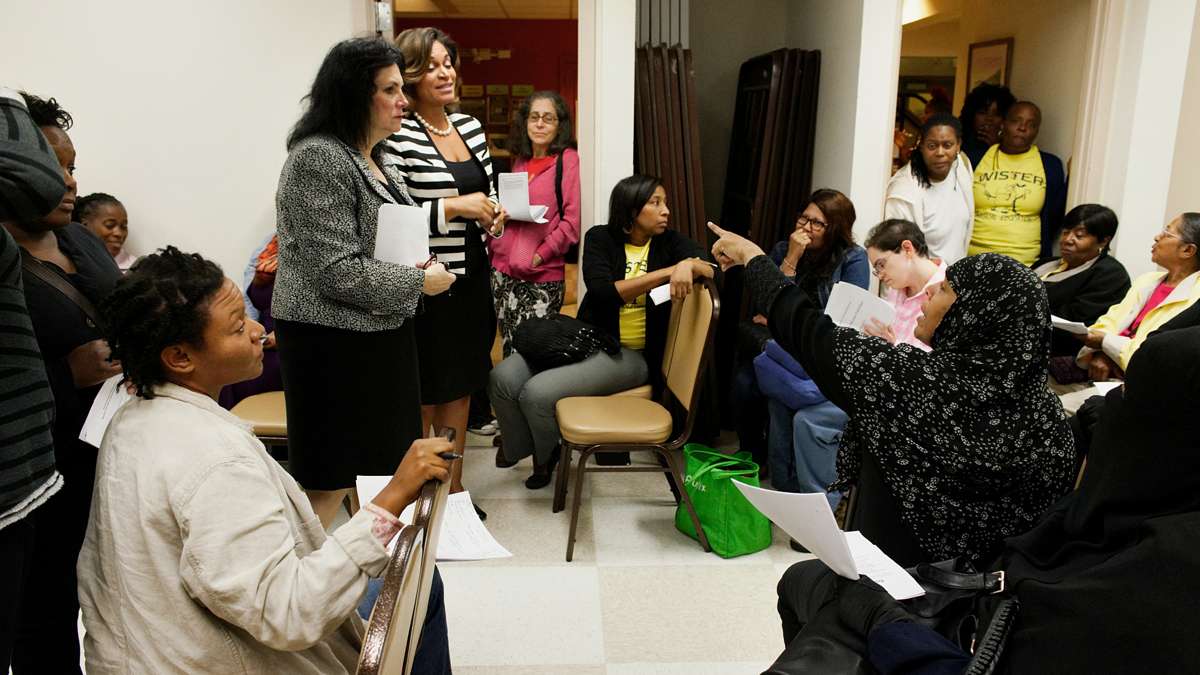
-
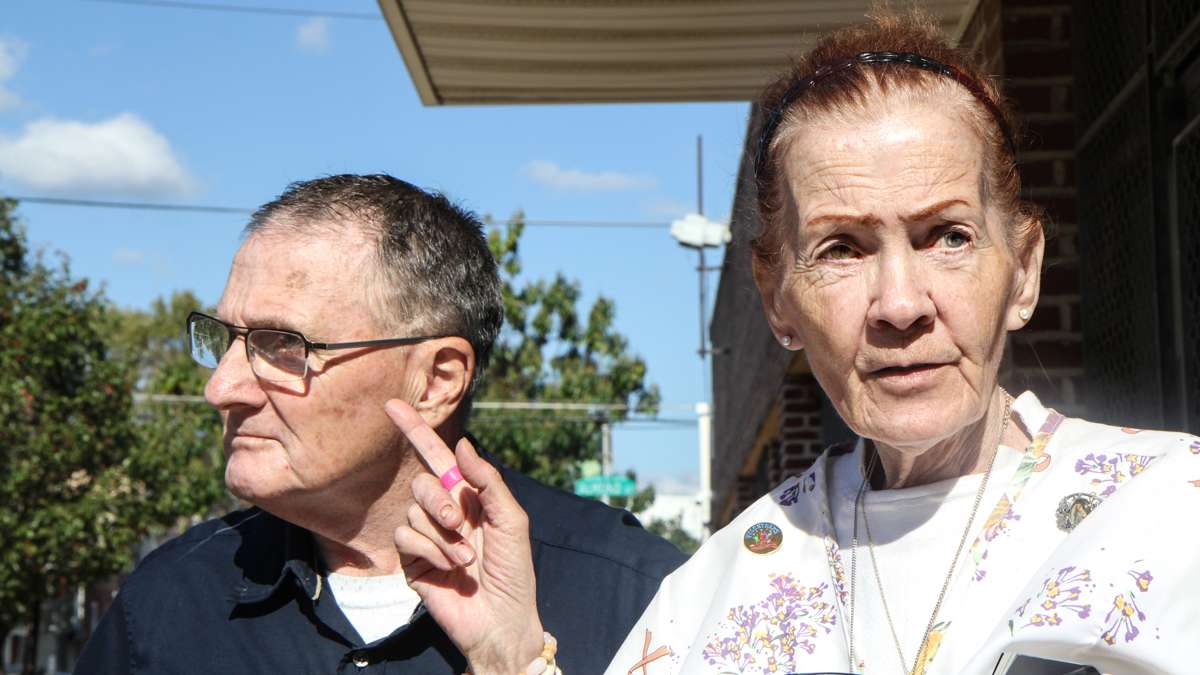
-
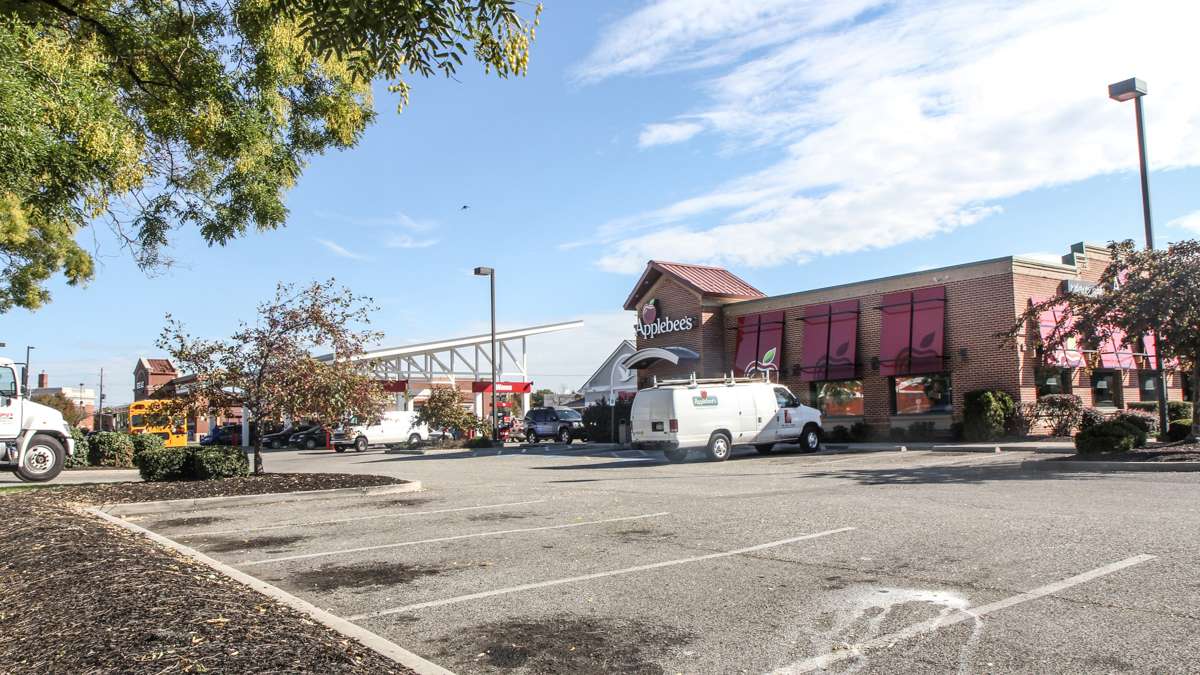
-
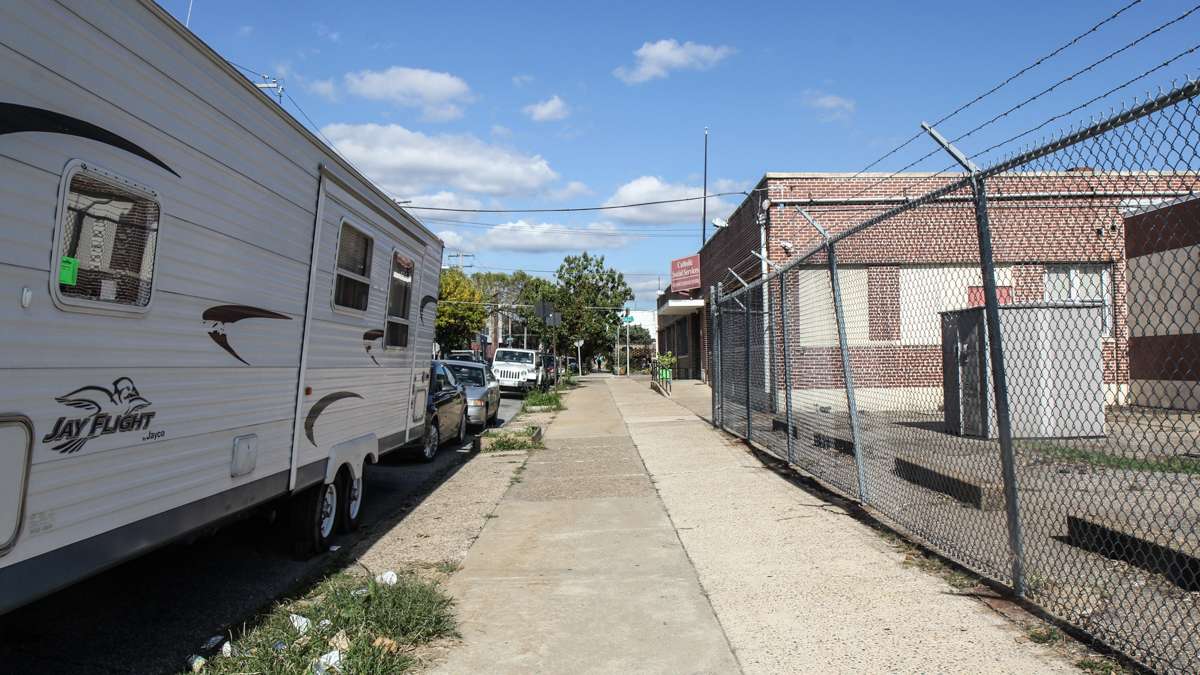
-
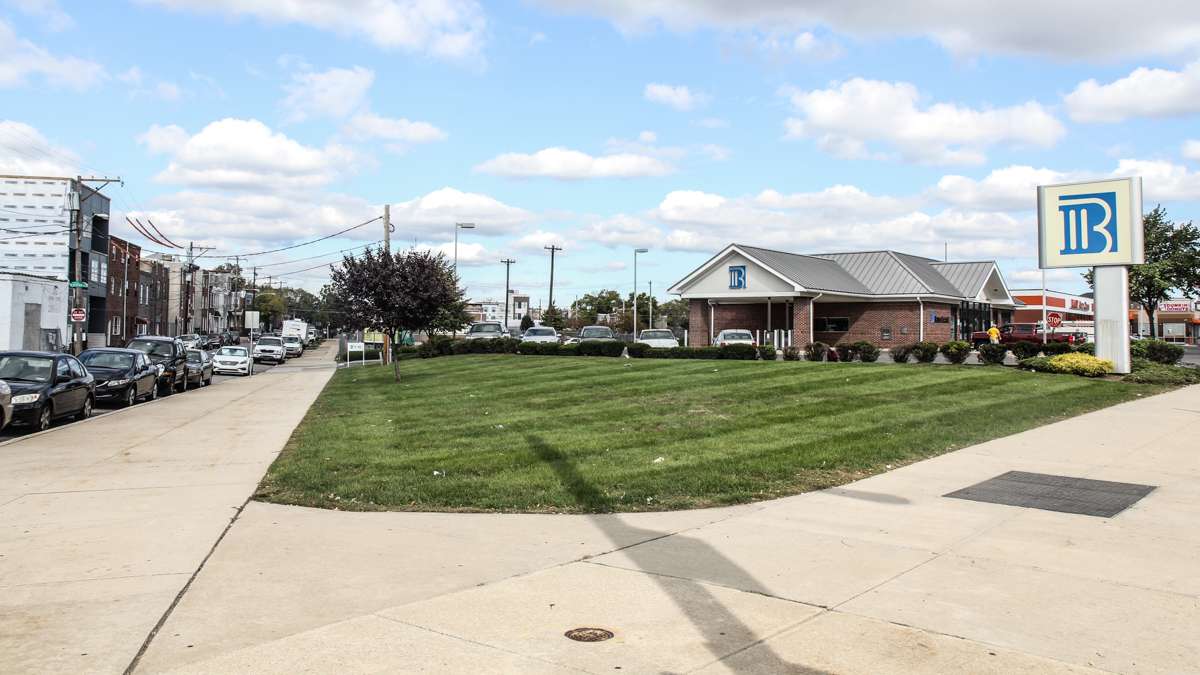
Philadelphia made national headlines this week for high levels of lead exposure in children who live near a former factory site on the border of Kensington and Port Richmond.
A recent federal study found between 11 and 13 percent of children tested in the neighborhoods surrounding the site had elevated blood lead levels. That’s compared with a national average of 2.5 percent.
The site straddling Aramingo Avenue north of York Street is now largely commercial, but was home for almost 150 years to lead-smelting and paint-production facilities.
The area has been the subject of a class-action lawsuit and various cleanup efforts over the years.
“I would love to say that I’m shocked, but obviously we’re not,” Sandy Salzman, head of the New Kensington Community Development Corporation, said of the test results.
“We were expecting them to be high, I don’t think we thought they were going to be as high as they were or as many houses were going to be involved.”
Prompted partly by a 2012 USA Today series on the impact of lead factories, the Centers for Disease Control and Prevention, the Environmental Protection Agency and local and state health agencies launched a lead exposure study in July of 2014.
It tested blood lead levels in 126 children aged 9 months to 6 in Northern Liberties, Port Richmond and Kensington to identify those with levels at or above 5 micrograms per deciliter, the rate that triggers public health interventions.
Even low levels of lead in blood have been shown to affect intelligence, ability to pay attention and academic achievement, according to the CDC. Higher levels of exposure can have serious long-term neurological and physiological impacts.
Soil, water, and dust samples from homes in the area also were tested.
Seventy-one percent of the soil samples gathered had lead levels considered “elevated” by the EPA. Dust samples also showed elevated levels, but with less prevalence.
Joann Hand lives just across the street from the former factory and grew up playing in its yard.
“Nobody ever told us how bad it was, how high the levels were,” Hand said. “I mean, we played in the lot when we were younger, we used to have a baseball team coming out of there. “
Federal officials say it is unclear if the elevated lead levels in the area come primarily from factory emissions or other sources, such as lead house paint or leaded gasoline.
The EPA said in an emailed statement that it “has not been able to attribute elevated levels of lead in soil in nearby neighborhoods to emissions from the former JT Lewis facility.”
Heightened lead levels occurring citywide
And as bad as the problem is near the former factory site, it is the norm in Philadelphia.
In 2014, 13 percent of kids tested citywide had elevated blood lead levels, according to the Philadelphia Health Department.
Salzman from the NKCDC said where the lead is coming from, and how it compares to contamination in the rest of the city, doesn’t change her call for the EPA to step in and clean up neighborhoods around the former industrial site.
“Obviously if this is what’s going on throughout the city, it needs to be fixed citywide, but I want to see my neighborhood fixed first, because we’ve been fighting this fight for a very long time,” Salzman said.
The EPA said it hopes to make a decision “within the next few months” on whether any soil cleanup will be done.
The agency is reviewing analyses of 65 new soil samples to determine how much lead the body may be able to absorb.
WHYY is your source for fact-based, in-depth journalism and information. As a nonprofit organization, we rely on financial support from readers like you. Please give today.

